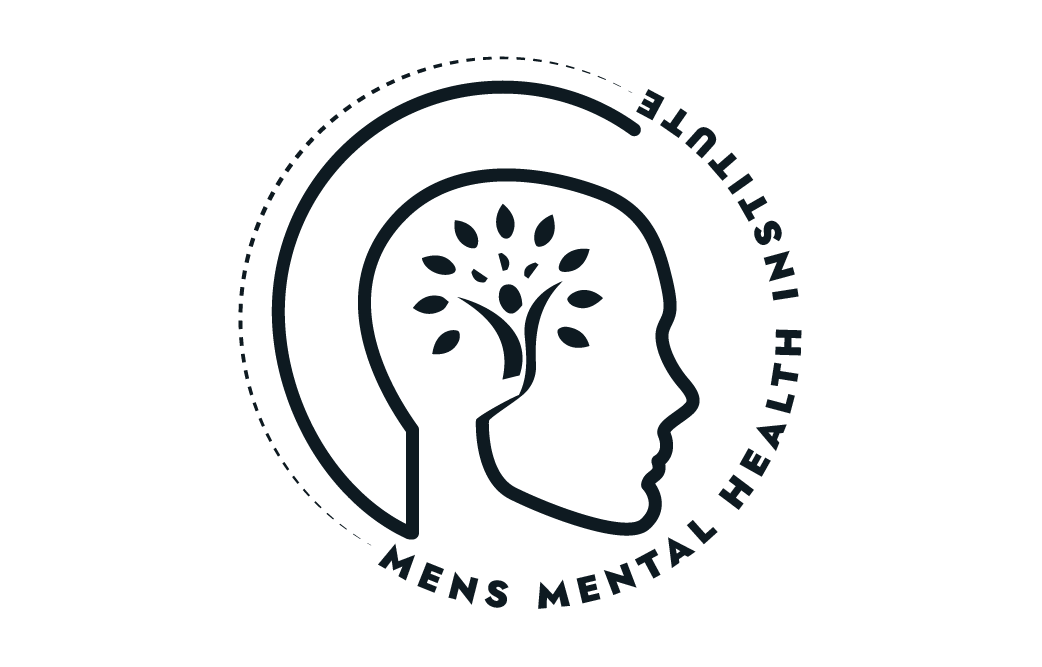Why Your Brain Gets Stuck in the Loop
You know that feeling, when your mind just won’t shut up. You replay conversations, worry about what you said or didn’t say, obsess over mistakes, or spiral into “what ifs.” That’s rumination. It’s like a broken record in your brain that drags you down, steals your energy, and keeps you stuck.
From an evolutionary psychology perspective, this isn’t just some annoying habit. It’s your ancient brain’s attempt to keep you safe. When your mammalian brain detects threat or uncertainty, it forces your prefrontal cortex to focus on the problem, trying to find a solution. But the catch? Modern stressors aren’t always solvable, and your brain gets trapped in this loop.
Neuroscience shows that rumination activates the default mode network (DMN), the brain’s “self-reflection” system, which, when overactive, fuels repetitive negative thinking. This keeps the amygdala (your threat center) on high alert, flooding your body with stress hormones. Over time, this hijacks your brain’s executive control functions, making it harder to focus, regulate emotion, or make decisions.
Social psychology and male socialization play their part too. Men often get conditioned to “handle it alone” or “think things through,” but rumination can backfire by increasing anxiety and depression rather than solving problems. Unfortunately, the mental health system sometimes mistakes rumination-related distress for clinical disorders, leading to overdiagnosis and unnecessary medication without addressing underlying patterns.
Science-Based Strategies to Break Free from Rumination
Cognitive Behavioral Therapy (CBT)
The frontline therapy for rumination. CBT teaches you to spot the “traps,” repetitive negative thoughts, and challenge them with evidence and balanced thinking. It’s about retraining your brain to pause the cycle.
Mindfulness-Based Stress Reduction (MBSR)
Mindfulness rewires the brain’s attention system. By learning to observe thoughts without judgment or attachment, you reduce the DMN’s overactivity and calm the amygdala’s threat response. This trains your brain to let thoughts pass like clouds instead of getting stuck.
Acceptance and Commitment Therapy (ACT)
ACT teaches acceptance of unwanted thoughts instead of battling them, and commitment to actions aligned with your values. It shifts focus from trying to “fix” rumination to living a meaningful life despite it.
Behavioral Activation
Sometimes rumination thrives because you’re stuck in inactivity or avoidance. This strategy encourages purposeful action and engagement in rewarding activities, helping break the feedback loop that feeds rumination.
Neuroscience-Informed Psychoeducation
Understanding how rumination impacts your brain chemistry and function empowers you to stop blaming yourself. Knowing the biology of your struggle fosters self-compassion and motivation to try new strategies.
What You Can Gain After Overcoming Rumination
When you learn to control rumination instead of it controlling you, your mental energy returns.
You think clearer, make better decisions, and feel less overwhelmed.
Relationships improve because you’re more present and less trapped in negative cycles.
Your emotional resilience grows, you can face stress without spiraling.
Overall, life becomes less exhausting mentally and emotionally. You reclaim control over your mind instead of feeling like a prisoner to endless, exhausting thoughts.








